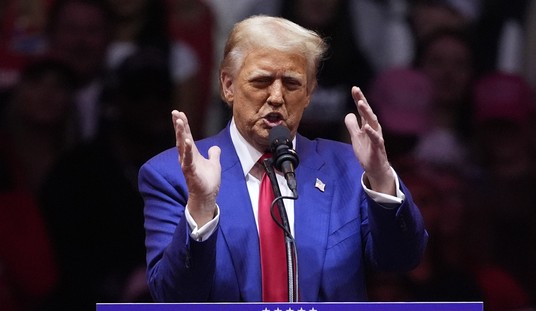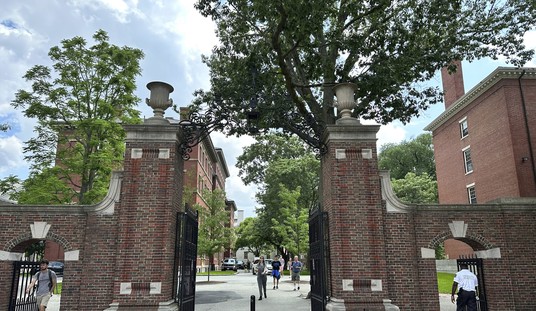Editor's note: This column was co-authored by Dino Falaschetti.
From the World Resources Institutes initiative for Keeping Options Alive to the United Nations Decade on Biodiversity, calls for conserving biodiversity are persistent. This goal appears reasonable, at least on its face. Who would argue against a wider variety of plants and animals increasing our chances for a life-saving drug in the future? It has, after all, happened before.
As we think through this appeal, however, harder to reconcile truths emerge. Policies to maintain or expand biodiversity may act as an attractive green wrapper on politically motivated redistributions that do little to improve environmental quality or economic opportunity.
One way to see through this wrapper is to consider not only the future benefits that people might enjoy from conserving biodiversity, but also an accounting of associated costs. A good way to measure these costs is to piggyback on those who buy and sell options in markets that are more economically mindful than those for political decisions that is, financial exchanges.
Ignoring an options cost can be politically attractive, but creates big losses if you are an exchange trader. Traders look to the Nobel Prize winning formula of Fischer Black and Myron Scholes for analytical guidance. Applying this model to biodiversity options suggests that conservation comes at a considerable cost, and this cost likely increases with top-down directives like those in charge of the UN.
According to this model, options cost more the longer they are open. They also cost more when interest rates are higher, which tends to be the case for long-term obligations. Programs to maintain biodiversity options, where benefits might be realized years from now, are expensive on both counts.
Recommended
The cost of biodiversity options also increases with the expected price-volatility of associated assets. In the biodiversity case, such an asset could be a forest that might facilitate new biofuels. But the future price of such a habitat is sensitive to environmental conditions, the forecasts of which are highly variable.
From every economic angle, biodiversity options are expensive. Political-legalese can try to hide this price tag, but someone has to pay it.
The point here is not that maintaining biodiversity lacks merit. Rather, it is that pursuing such goals through detached and high level bureaucracies can miss the mark. The risk of doing so increases as those who will pay the price, such as todays high-income earners, become easier political targets. In addition, top-down conservation efforts are less likely to succeed when measuring a policy-success is difficult. It is hard to distinguish whether a medicinal cure or new biofuel should be counted as a policy-success or as a discovery that would have happened anyway.
Top-down programs to maintain or expand biodiversity options lack accountability on both dimensions. Bottom-up approaches, on the other hand, benefit from information reaching decision makers faster and from competitive markets encouraging an efficient use of that information. After reviewing several unsuccessful centralized attempts to preserve biodiversity, Professor R. David Simpson argued for arms-length payments to people in return for changing their land-use practices. Simpson appreciates that public support for businesses like ecotourism can work toward such ends, but points out they also keep wasteful enterprises alive and enrich those that would succeed on their own.
Real market strategies succeed by anonymously creating environmental and economic opportunities. Politics, instead, often supplants the invisible hand of economic efficiency with the visible hand of inefficient redistribution.
























Join the conversation as a VIP Member